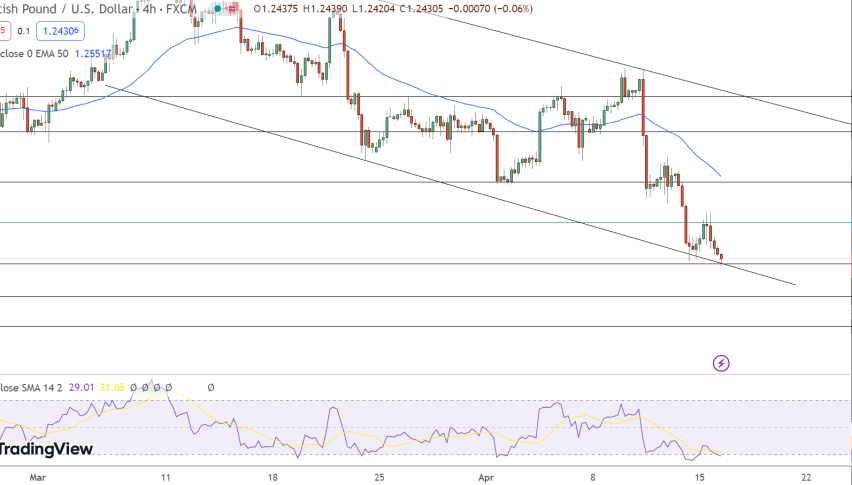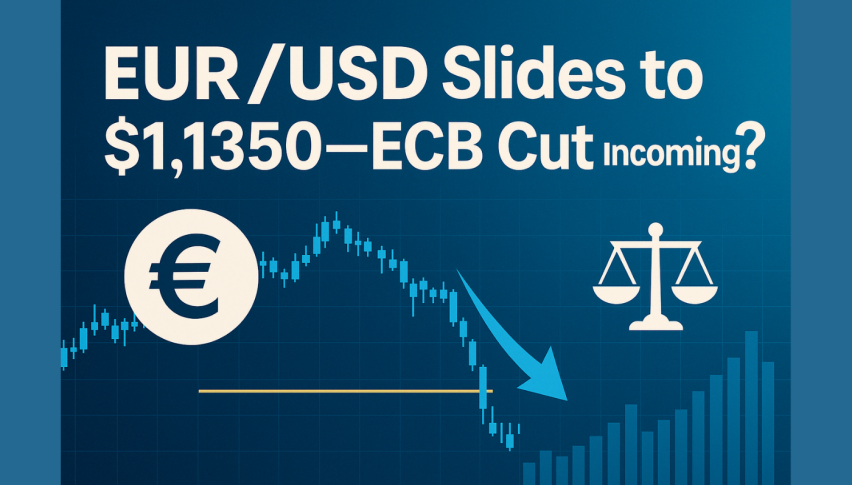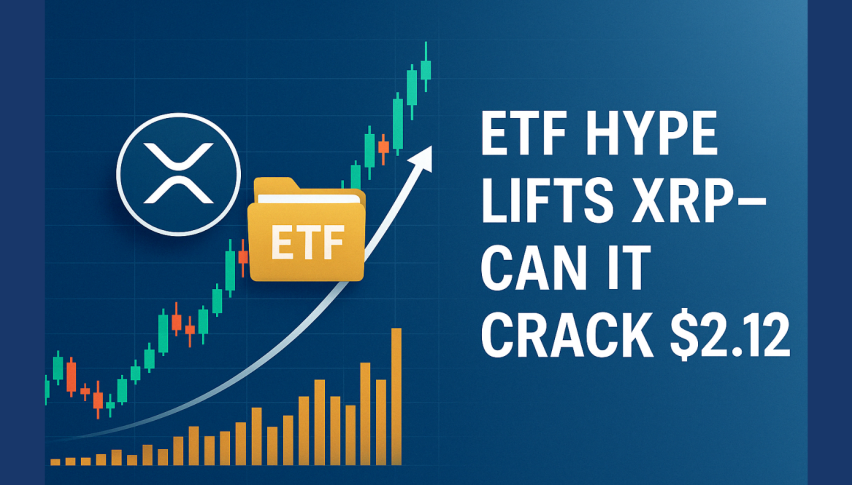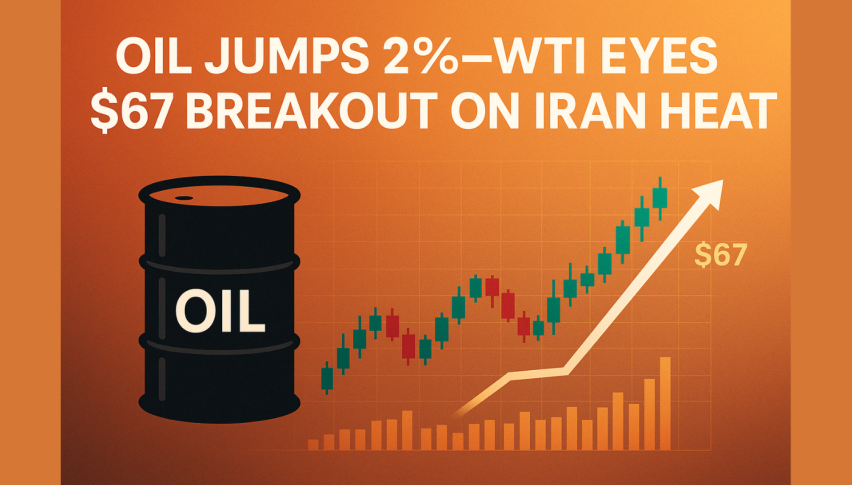GBP/USD Price Forecast: Pair Touches $1.2420 Amid BoE Rate Cut Speculations and US Dollar Strength
The GBP/USD has been in a consistent downtrend, recording losses for three consecutive days and reaching a low not seen since November

The GBP/USD has been in a consistent downtrend, recording losses for three consecutive days and reaching a low not seen since November 17, 2020. As of the latest, the pair hovers around $1.2420.

Market participants are now focusing on upcoming UK employment data for April, which is anticipated to play a crucial role in shaping the GBP/USD price forecast.
Analysts expect the number of individuals claiming unemployment benefits to increase marginally to 17.2K from the previous 16.8K, and the unemployment rate is projected to rise from 3.9% to 4.0% for the first quarter of 2021.
Bank of England’s Policy Outlook Weighs on GBP
The expected cooling in the job market supports the forecast of at least four interest rate cuts by the Bank of England (BoE), starting in June. This monetary policy outlook is likely to exert downward pressure on the British Pound, contributing to a lower GBP/USD price.
US Dollar Strength Amid Global Tensions
Conversely, the US Dollar benefits from its status as a relative haven amid ongoing geopolitical conflicts in the Middle East.
Additionally, revised expectations that the Federal Reserve will delay rate cuts until September, buoyed by recent robust US inflation data, have maintained high US Treasury yields, further bolstering the USD.
These factors collectively suggest a bearish trajectory for the GBP/USD. Any potential recovery in the pair might be viewed as an opportunity for selling.
Attention will also be directed towards forthcoming US economic reports and commentary from Federal Reserve officials, including Chair Jerome Powell, which could further influence the GBP/USD price dynamics.
GBP/USD Price Forecast: Technical Outlook
On April 16, the GBP/USD experienced a modest dip, closing at $1.24305, marking a decrease of 0.12%. The pair’s trading behaviour today hinges critically on the pivot point at $1.2484.
A sustained movement above this level suggests a potential for bullish momentum towards the immediate resistance at $1.2543, with further ceilings at $1.2617 and $1.2669 possibly coming into play.
Conversely, a breakdown below the pivot could see GBP/USD test immediate support at $1.2423. If this level fails to hold, the decline could extend to subsequent support levels at $1.2376 and $1.2332.

The Relative Strength Index (RSI) is notably low at 29, indicating that the pair might be oversold and thus, could either presage a rebound or signify enduring selling pressure if bearish trends persist.
The 50-day Exponential Moving Average (EMA) stands at $1.2552, currently above the market price, reinforcing the $1.2543 resistance level.
- Check out our free forex signals
- Follow the top economic events on FX Leaders economic calendar
- Trade better, discover more Forex Trading Strategies
- Open a FREE Trading Account



